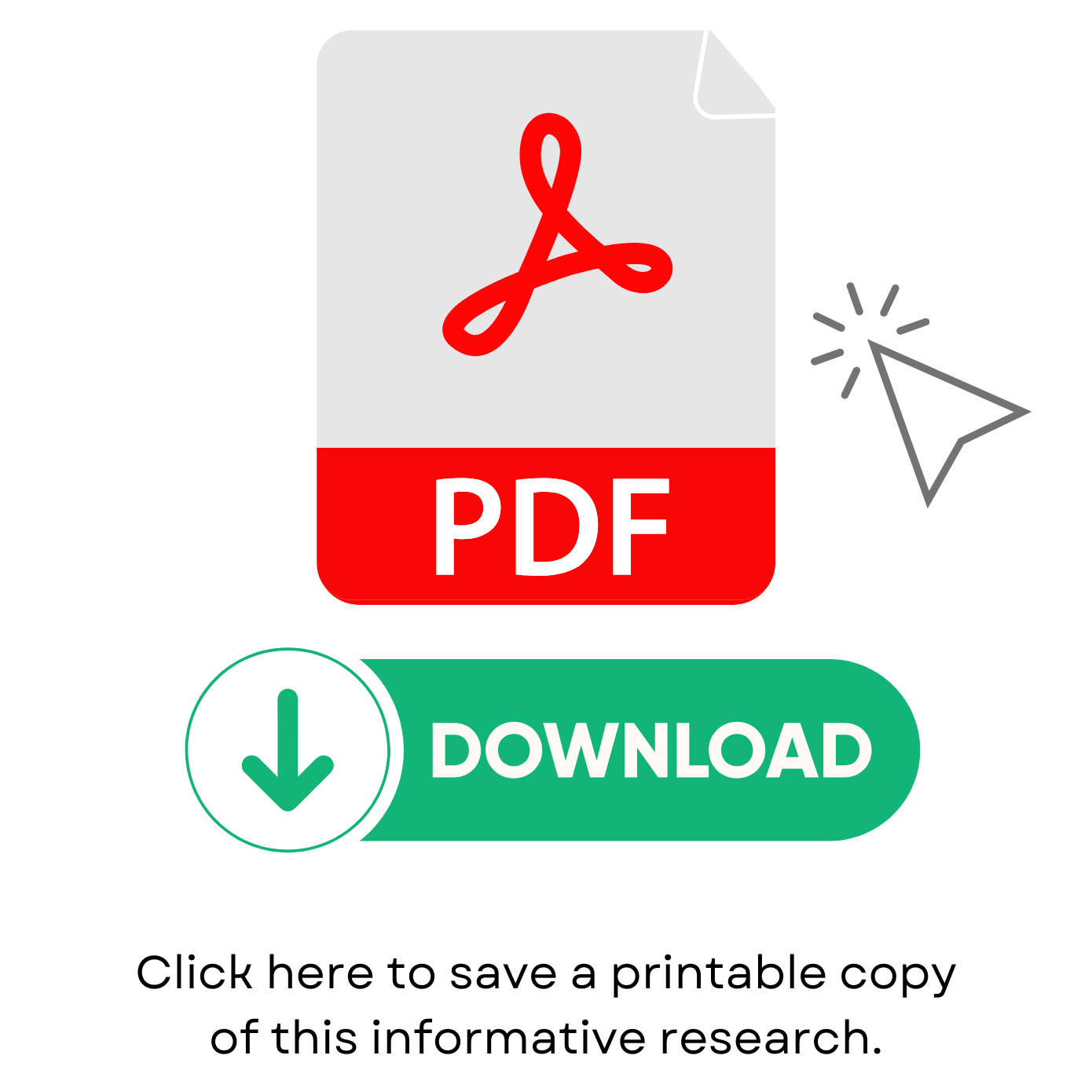Managing Anxiety & Stress

Everyone experiences anxiety and stress, this includes people with scleroderma. This article aims to demystify these two terms, to understand them, and to learn coping strategies.
STRESS OR ANXIETY?
The terms anxiety and stress are often mixed up and used interchangeably. Even though they have similarities, they also have differences.
Anxiety is a healthy, normal, and universal emotion. It protects us, it is essential for survival and it allows us to adapt to situations (1) (2). It is present when we anticipate a potential threat and varies depending on our interpretation of the situation.
Stress is the body’s physiological reaction to an actual or potential threat. Like anxiety, it is healthy, normal, universal, and has a protective function. When our brain detects a threat, several mechanisms are triggered, and we present various physiological reactions (increased heart rate, sweating, etc.). These reactions allow us to react to the threat, by fighting, fleeing or freezing (2).
In short, anxiety is the emotion we feel in the face of potential danger and stress is our body’s reaction to it. For example, we feel anxious in our doctor’s waiting room, anticipating the start of the appointment. Our stress response activates to prepare us to react to the situation; our heartbeat increases, our breathing accelerates, and our pupils dilate.
ADVANTAGES AND DISADVANTAGES
Anxiety and stress often carry negative labels, but they also have benefits. In the short term and in small doses, they can stimulate us to perform better, motivate us, increase our creativity, improve our concentration (3) (4), help us plan, and project us into the future to analyze a situation (1). They become problematic when they are long-lasting and in large doses, which can tire us, decrease our concentration, change our mood, etc.
STRESS TRIGGERS
Regardless of age, life experiences or characteristics, we all share the same stress triggers. However, how our response is expressed may vary depending on our interpretation of a situation.
There are four universal stress triggers (5). A single trigger is enough to activate stress, but there is an additive effect. The more triggers there are, the more stressed we can feel.
THE TRIGGERS
- Low Control: When we feel like we have little or no control over a situation (e.g., feeling like we have no control over the progression of the disease / feeling that we are losing control over our body).
- Unpredictability: When something completely unexpected happens or we can’t predict something (e.g., learning that we have scleroderma / being unsure if the treatments will alleviate our symptoms).
- Novelty: When we face something that we have never experienced before (e.g., knowing little information about the disease, its causes, its symptoms / not knowing how to navigate the medical world).
- Threatened Ego: When we feel that our skills or ego are being tested or that someone doubts our abilities (e.g., thinking that we will have difficulty living with the disease / having difficulty performing some daily tasks).
SOME COPING STRATEGIES
Having a better understanding of anxiety and stress, we can now focus on concrete ways to regulate them.
MEETING BASIC NEEDS
Properly meeting our physiological needs, such as sleeping or eating, can be a helpful tool for regulating emotions. In fact, a person can experience various side effects if they are hungry or tired, such as they may have aches, mood changes, etc. (6). Thus, if their basic physiological needs are met, a person may be more available to regulate their anxiety and may experience fewer side effects related to an unmet physiological need.
ROUTINES AND ACTIVITIES
To concentrate on the positives and lower their stress (3), a person can maintain their regular routine and complete their daily tasks. They can also participate in enjoyable projects, alone or with others (7). These activities can vary from one person to another, depending on their interests, capabilities, etc.
In addition, spending time outdoors and observing nature can decrease stress (8). So, getting fresh air can be part of a healthy routine.
GETTING TO KNOW ONESELF
A person with scleroderma may experience anxiety and stress toward their situation. Therefore, they can start by having a better understanding of their stress triggers. Here are some examples:
- Low Control: “I feel like I have no control over the disease.”
- Unpredictability: “I just learned that the change in the color of my skin’s fingertips is related to Raynaud’s phenomenon.”
- Novelty: “I don’t know how to navigate the medical world. What do I do?
- Threatened Ego: “I feel discouraged because I need help with certain tasks that I could do independently beforehand.”
Once they have a better understanding of their triggers, a person can then find ways to address them and reduce their impact. Here are some examples:
- Low Control: The person can talk to their doctor to explore ways to manage their symptoms.
- Unpredictability: They can learn more about the various symptoms of scleroderma and become more familiar with warning signs.
- Novelty: With their doctor, they can discuss which steps to take to receive a medical follow-up adapted to their needs.
- Threatened Ego: They can share their challenges with their loved ones to clarify their needs. They can maintain or perform tasks that they can complete.
In summary, several options exist and vary from one person to another. Nevertheless, a good starting point to reduce stress is to inform ourselves (3). In fact, by developing our knowledge, the stressful effect of novelty and unpredictability decreases, which increases our sense of control over the situation.
SOCIALIZATION
Socialization can help to decrease feelings of isolation and anxiety. Creating social connections, especially in the presence of stress triggers, can help a person feel more empathy, connect with others, and increase their sense of security (4). Simply being in the presence of others can help reduce feelings of isolation (4) (8).
It is also possible to seek specialized help related to scleroderma in a support group. Although people may hesitant to participate, it can have several benefits. In fact, a person can develop a better understanding of the illness and ask questions. By discussing with others and learning about their experiences, they can normalize their suffering and learn that they are not alone in overcoming challenges (4). They can even support others by talking about their experiences and sharing their knowledge. Helping others and practicing empathy can help reduce anxiety and stress.
BREATHING
Breathing exercises can be a useful strategy because they can help curb a stress response, decrease anxiety and improve mood (3) (9). Several breathing techniques exist, including singing. The majority recommend deep breathing to counteract a stress response.
Some studies show that listening to classical music helps reduce stress (3). A person tends to synchronize their breathing with a musical rhythm. A gentle rhythm, like classical music, can help reduce stress hormones.
MINDFULNESS
Several studies demonstrate the benefits of meditation and mindfulness on general health and on the reduction of anxiety (10) (11) (12). In short, these techniques consist of focusing one’s attention to regain mental calm and positive emotions (10). To accomplish this, a person concentrates on the present moment by focusing on their breathing. They can then observe their emotions, physical sensations, and thoughts, identify them and let them pass on their own. The person tries to accept them by adopting a non-judgmental attitude rather than trying to modify or react to them.
PLANNING AND TIME MANAGEMENT
Planning and time management can be effective in decreasing anxiety and stress (5). They can be applied in various moments of everyday life. For example, a person with scleroderma may have several medical appointments, which may require some planning (e.g., planning transportation, knowing their route to the appointment, bringing documents, etc.). Therefore, they can plan their schedule and get ready ahead of time to reduce their anxiety for the meeting. Also, if they feel overwhelmed, they can ask for help or delegate tasks to others.
PERSONAL LIMITS
A person may have varying levels of energy, depending on their condition or symptoms, and may experience changes in their abilities, depending on their treatments or the progression of the disease. They can learn to prioritize and refuse certain activities if they require rest. Therefore, listening to the body and enforcing limits can be good ways to regulate anxiety and stress (5).
IN CONCLUSION
It is important to specify that the tools presented in this article are suggestions to regulate anxiety and stress. These do not replace, in any way, a consultation with a professional. Moreover, some people may have certain physical or medical restrictions; they are strongly encouraged to follow their doctor’s recommendations.
Although anxiety and stress have a protective function and ensure our survival, it is always possible to seek professional help if concerns arise or persist. A person can contact a mental health organization in their region, call the Health Link BC’s 811 number, request professional follow-up or participate in a SABC support group. SABC support group info here.
March 2023

REFERENCES:
- Anxiety Canada. (2023). Anxiety Canada.
- Peyrot, C., & Bilodeau-Houle, A. (2018). La peur, l’anxiété et le stress… comment pouvons-nous les distinguer ? MammouthMagazine.(18), p.4-6.
- Lupien, S. (2020). Par amour du stress. Éditions Va Savoir, Québec, Canada.
- Mcgonigal, K. (2016). The Upside Of Stress : Why Stress Is Good For You, And How To Get Good At It. Avery Publishing.
- Centre d’études sur le stress humain (CESH). (2023). Centre d’études sur le stress humain.
- Maslow, A. H. (1943). A theory of human motivation. Psychological Review, 50 (4), 370-96.
- Centre d’études sur le stress humain (CESH). (2011). Un diagnostic de cancer : un défi émotif. www.stresshumain.ca/stress-et-vous/special-report/
- Storoni, M. (2017). Stress Proof : The Scientific Solution To Protect Your Brain And Body – And Be More Resilient Every Day. TarcherPerigee, United States.
- Balban, M. Y., Neri, E., Kogon, M.M.,…, Seitzer, J.M., Spiegel, D., & Huberman, A.D. (2023). Brief Structured Respiration Practices Enhance Mood And Reduce Physiological Arousal. Cell Reports Medicine.
- APA. (2019). Mindfulness Meditation : A Research-Proven Way To Reduce Stress.
- eSantéMentale. (2023). L’a b c de la pleine conscience.
- Goldberg, S.B., Tucker, R.P., Greene, P.A., Davidson, R.J., Wampold, B.E., Kearney, D.J., & Simpson, T.L. (2018). Mindfulness-Based Interventions For Psychiatric Disorders : A Systematic Review And Meta-Analysis. Clinical Psychology Review, vol. 59, pp. 52-60.







